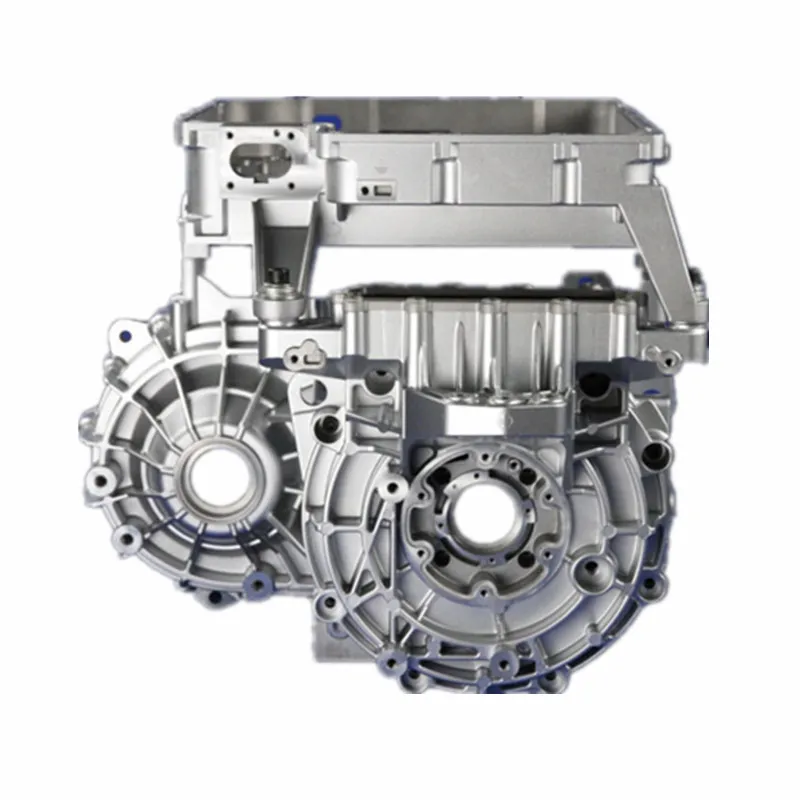What is sheet metal?
2024-11-20
Sheet metal is a metal processing technology that is mainly used for cold processing of thin metal plates. It is usually used to make car bodies, furniture, electronic equipment housings, etc. Sheet metal processing includes shearing, stamping, bending, welding, surface treatment and other operations, which can create complex shapes and structures. Sheet metal processing is widely used in electronic appliances, communications, automotive industry, medical equipment and other fields. It is favored for its advantages such as light weight, high strength, good conductivity and low cost.
Contents
Process characteristics
Sheet metal has the characteristics of light weight, high strength, conductivity (can be used for electromagnetic shielding), low cost, and good mass production performance. It has been widely used in electronic appliances, communications, automotive industry, medical equipment and other fields. For example, in computer cases, mobile phones, and MP3s, sheet metal is an indispensable component. With the increasing application of sheet metal, the design of sheet metal parts has become a very important part of the product development process. Mechanical engineers must be proficient in the design skills of sheet metal parts so that the designed sheet metal can meet the requirements of product functions and appearance, and make the stamping die manufacturing simple and low-cost.

Main uses
There are many sheet metal materials suitable for stamping processing, and the sheet metal materials widely used in the electronic and electrical industry include:
Ordinary cold-rolled sheet SPCC: SPCC refers to steel ingots continuously rolled into steel coils or sheets of required thickness by cold rolling mills. The surface of SPCC has no protection and is easily oxidized when exposed to the air, especially in a humid environment where the oxidation rate is accelerated, resulting in dark red rust. When in use, the surface must be painted, electroplated or otherwise protected.
Galvanized steel sheet SECC: The base material of SECC is a general cold-rolled steel coil. After degreasing, pickling, electroplating and various post-treatment processes on the continuous electrogalvanizing production line, it becomes an electrogalvanized product. SECC not only has the mechanical properties and similar processability of general cold-rolled steel sheets, but also has superior corrosion resistance and decorative appearance. It has great competitiveness and substitutability in the market of electronic products, home appliances and furniture. For example, SECC is commonly used in computer cases.
Hot-dip galvanized steel sheet SGCC: Hot-dip galvanized steel coil refers to the semi-finished product after hot-rolled pickling or cold-rolled, which is washed, annealed, immersed in a molten zinc bath at a temperature of about 460°C, and the steel sheet is coated with a zinc layer, and then tempered, leveled and chemically treated. SGCC material is harder than SECC material, has poor ductility (avoid deep drawing design), thicker zinc layer, and poor electric weldability.
Stainless steel SUS301: The Cr (chromium) content is lower than SUS304, and the corrosion resistance is poor, but after cold processing, it can obtain good tension and hardness, and has good elasticity. It is mostly used for springs and EMI protection.
Stainless steel SUS304: One of the most widely used stainless steels, because it contains Ni (nickel), it is more corrosion-resistant and heat-resistant than steel containing Cr (chromium), has very good mechanical properties, no heat treatment hardening phenomenon, and no elasticity.
Sheet metal processing
In general, the basic equipment for sheet metal processing includes shearing machine, CNC punching machine/laser, plasma, water jet cutting machine, bending machine, drilling machine and various auxiliary equipment such as: unwinding machine, leveling machine, deburring machine, spot welding machine, etc.



